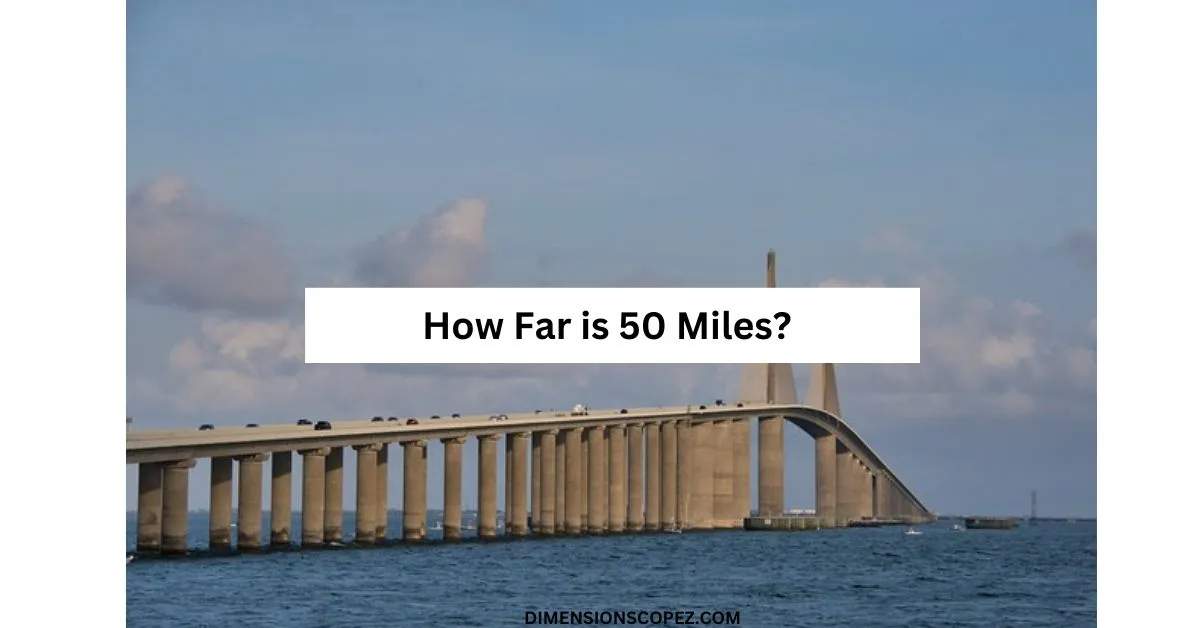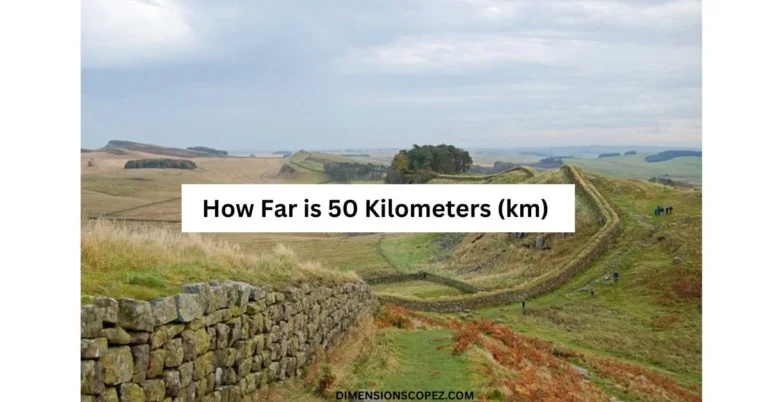How Far is 50 Miles? 12 Common Comparisons
Understanding distances can be challenging, especially when they’re abstract or unfamiliar. One of these is fifty miles. Consider a typical road trip or a long walk to understand how far this is. Depending on the situation, it can seem both daunting and impressive. This piece aims to make the distance of 50 miles less mysterious by using exciting and relevant comparisons.
We’ll explain various scenarios, from walking and driving to iconic landmarks and famous races, that will help you visualize how long 50 miles is. Whether you’re a runner, a history buff, or simply curious, these comparisons offer you a comprehensive guide to this distance.
By the end, you’ll have a clearer picture of what it means to travel, race, or explore this distance. Let’s begin by considering the physical effort it takes to walk or drive this distance, followed by intriguing comparisons that span diverse activities and famous locations.
How Long is 50 Miles to Walk?
Walking at a speed of about 3 miles per hour (mph) would take you approximately 16 to 17 hours to cover this distance continuously. This estimation doesn’t account for breaks, meals, or rest periods, which are essential for such a long journey.
On the other hand, if you take some rest for food or drink, it would take approximately 20 hours to reach the distance. This distance surpasses the length of two standard marathons, making it a formidable challenge for even seasoned walkers and athletes.
How Far is 50 Miles Driving?
Driving at a speed of 60 miles per hour on a highway, it would take roughly 50 minutes to cover this distance. Time can vary depending on traffic conditions, speed limits, and the type of road.
Fifty miles is approximately the distance from a suburban area to a downtown city center in many metropolitan regions. For example, someone living in a suburb of a large city like Los Angeles, Chicago, or Dallas might find that their daily round-trip commute is around 50 miles.
Regarding road trips, driving fifty miles might take you from one city to a neighboring town or across a medium-sized county. It’s a manageable distance for a weekend getaway or a short business trip.
12 Common Comparisons of 50 miles
Understanding the distance of 50 miles through various comparisons can provide a clearer picture of its extent. Here are the twelve detailed examples to help visualize the length of fifty miles.
1. 40X Kentucky Derby Race

The Kentucky Derby, held annually at Churchill Downs in Louisville, Kentucky, is one of the most famous horse races in the world. It covers 1.25 miles and is a challenging sprint for thoroughbred horses that typically lasts about two minutes.
When we compare this to fifty miles, we find that it equates to running the Kentucky Derby forty times. Visualizing 40 Kentucky Derby races, back-to-back emphasizes the length and endurance required to cover 50 miles.
Imagine the Derby track repeated 40 times over; it would be a continuous loop that extends well beyond the confines of Churchill Downs, stretching across large areas of Louisville and beyond.
2. 12X The Sunshine Skyway Bridge
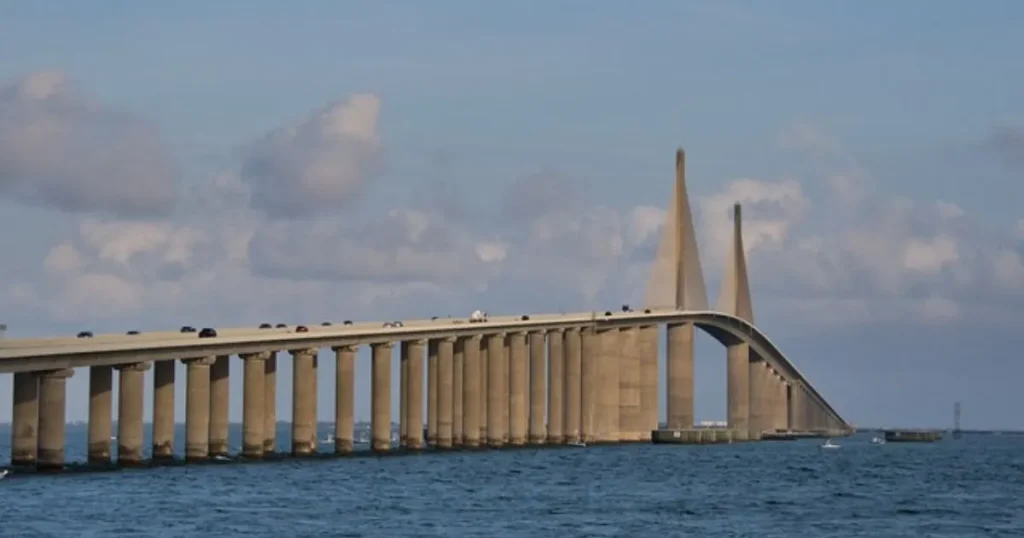
The Sunshine Skyway Bridge, spanning Tampa Bay in Florida, is an impressive and iconic structure. This cable-stayed bridge measures about 4.1 miles in length and provides stunning views of the bay. It connects St. Petersburg with Terra Ceia.
To cover the same distance, you would need to cross the Sunshine Skyway Bridge approximately twelve times. Crossing this notable bridge multiple times helps clarify the length of fifty miles.
One crossing of the Sunshine Skyway is an experience marked by scenic beauty and architectural marvels, but multiplying this trip by 12 makes the 50-mile distance stand out even more, turning it from a single impressive stretch to a long walk with several crossings.
3. Twice the Length of Marathon

Marathons are iconic events that attract participants and spectators globally. They symbolize the pinnacle of long-distance running. A standard marathon is 26.2 miles long, a grueling test of endurance and stamina for runners worldwide.
Completing 50 miles is nearly twice the length of a marathon. This means that after finishing a full marathon, a runner must continue for almost another marathon distance to cover fifty miles.
Runners undertaking ultramarathon races longer than the traditional marathon distance can understand this example. For the average person, imagining running almost two marathons consecutively helps translate the abstract number of 50 miles into an impressive challenge.
See Also>> How Long is 2 Miles? 10 Common Comparisons
4. 400 round trips along a 100-meter dash

A 100-meter dash is a standard sprinting distance in track and field, often seen as the epitome of speed and athletic performance. For the best athletes, the race is over in a flash, making it one of the fastest and most challenging sports events.
Want to clear the concept? Consider that 50 miles equals 80,467 meters. This means you would need to run 804.67 dashes of 100 meters each. To simplify, let’s round it to 805 dashes. For those who prefer round trips, running 100 meters there and back makes 200 meters per round trip, so you would need to complete 402.335 round trips.
Picturing fifty miles as 805 100-meter sprints or 402 round trips underscores the immense length of 50 miles when broken down into a small, familiar unit.
5. City-to-City Distance

Fifty miles is a common measure of distance between two neighbouring cities or towns. For example, the distance between San Francisco and San Jose in California is approximately 50 miles. Similarly, the distance between London and Cambridge is around 50 miles in the UK.
It is relatable for those familiar with these routes. It illustrates the journey one might undertake for a day trip, a daily commute, or a weekend getaway. For instance, the drive from San Francisco to San Jose typically takes about an hour, depending on traffic, making it feasible for work or leisure.
In this context, fifty miles is not just a number but a practical distance many travel regularly. It connects cities and communities, making it a familiar and manageable journey for many people.
6. 10 Times The Mackinac Bridge
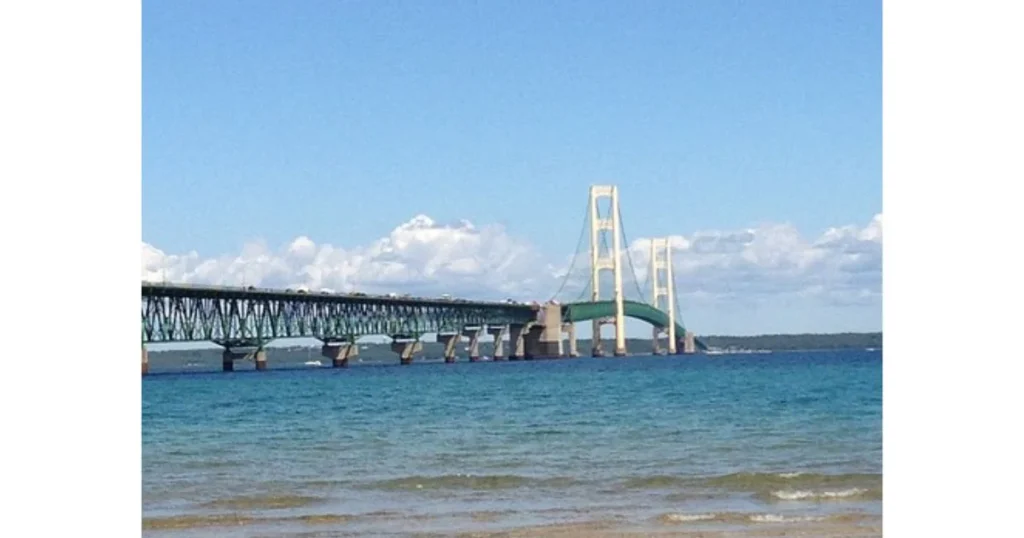
The Mackinac Bridge, often called “Big Mac,” is an iconic suspension bridge in Michigan that spans the Straits of Mackinac, connecting the state’s Upper and Lower Peninsulas. The bridge measures approximately 5 miles in length. Thus, traveling 50 miles is equivalent to crossing the Mackinac Bridge ten times.
Of all the suspension bridges in the world, the Mackinac Bridge is one of the longest, and crossing it provides a breathtaking view of the surrounding water and landscape. By picturing fifty miles as ten trips on this bridge, you can better understand how far and tough it is to do it repeatedly.
7. 8X The Central Park Loop
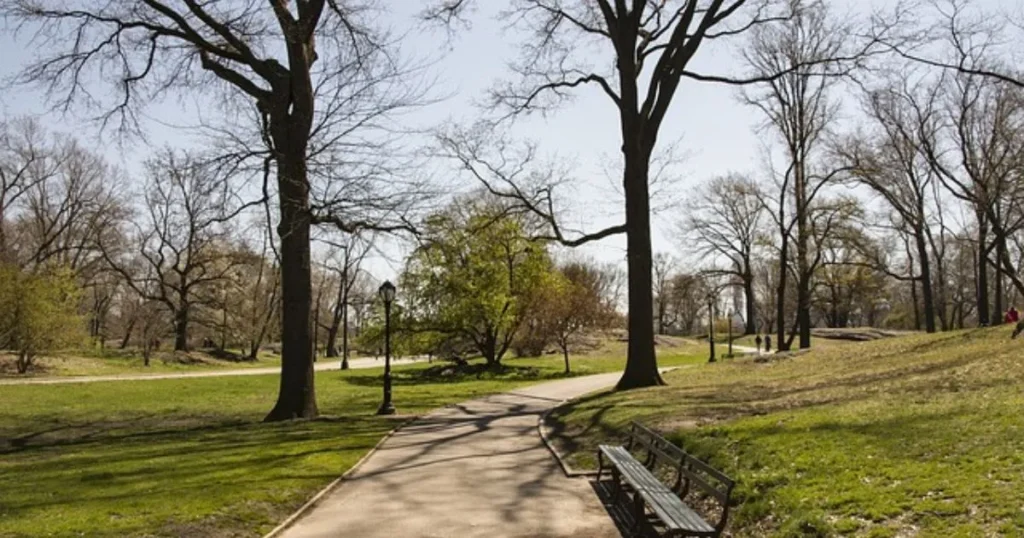
Central Park in New York City is home to a famous loop that runs around the perimeter of the park. This loop is approximately 6.1 miles long and popular with joggers, cyclists, and pedestrians. It offers a diverse and scenic route through one of the world’s most iconic urban parks.
The loop spans approximately 6.1 miles around the park. So, you must complete roughly eight full loops around Central Park (precisely 8.2 loops). One loop is a pleasant but considerable workout for those familiar with the park.
Completing fifty miles eight times around Central Park equals 48.8 miles. So, it is just 1.2 miles smaller than 50 miles. No matter still we can guess the estimation of fifty miles.
8. 2/3 of Hadrian’s Wall
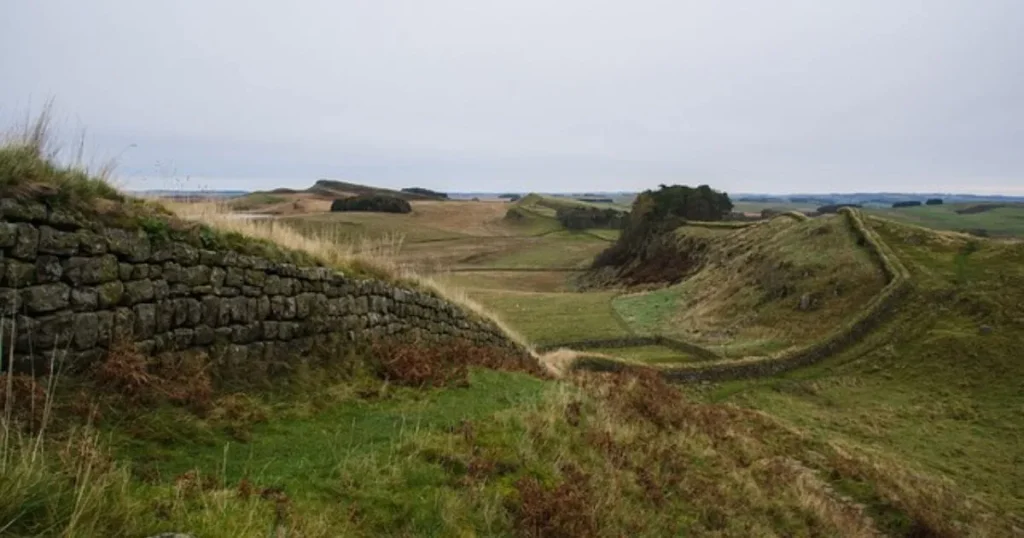
Hadrian’s Wall, a UNESCO World Heritage site in Northern England, stretches about 73 miles from coast to coast. Built by the Romans in the 2nd century, it served as a defensive fortification and is now a popular route for hikers and history enthusiasts.
Comparing fifty miles to Hadrian’s Wall means traversing roughly two-thirds of its length. When we calculate two-thirds of the Wall, we will have 48.6 miles, which is close to 50 miles. Walking two-thirds of Hadrian’s Wall would take you through varied landscapes, from rolling hills to rugged terrain, and past Roman forts and mile castle remnants.
9. Entire Length of The Panama Canal

The Panama Canal, an engineering marvel, stretches approximately 50 miles from the Atlantic Ocean to the Pacific Ocean, cutting through the Isthmus of Panama. Completed in 1914, the canal significantly shortened maritime travel by connecting two major bodies of water, allowing ships to avoid the long and treacherous journey around the southern tip of South America.
The canal consists of various sections, including artificial lakes, artificial channels, and natural waterways, each contributing to its total length. It underscores the monumental nature of 50 miles by linking it to a globally significant waterway that has transformed international trade and maritime navigation.
10. 17 round trips along the High Line in New York City

The High Line is a popular elevated park in New York City. It was built on an old freight train line on the West Side of Manhattan and stretches about 1.45 miles from Gansevoort Street in the Meatpacking District to 34th Street.
To cover 50 miles, you would need to walk the entire High Line approximately 34 times. Breaking this down into round trips, which double the one-way distance to 2.9 miles, you would need to make about 17 round trips along the High Line.
Walking the entire length of the High Line offers a unique urban experience with views of the Hudson River, public art installations, and lush green spaces. It also transforms the park into a marathon journey, offering a fresh perspective on the distance by relating it to a well-known city landmark.
11. 20 Times The Height Mauna Loa

Mauna Loa, located on the Big Island of Hawaii, is the world’s largest shield volcano in terms of volume and area covered. Its summit stands about 13,678 feet (approximately 2.6 miles) above sea level. To equate 50 miles to Mauna Loa’s height, you need to scale it roughly 20 times.
This shifts the perspective from horizontal to vertical, offering a striking visualization of fifty miles. Mauna Loa’s vast, gently sloping profile contrasts with many other large mountains’ steep, rugged nature, but its immense size is undeniable.
12. Eleven and a half Times The Height of Mount Aconcagua
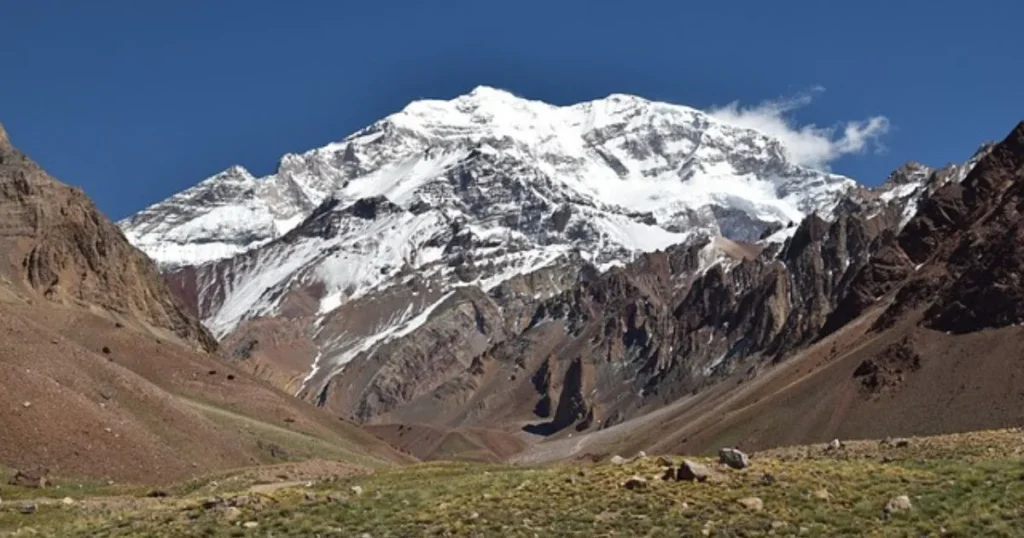
With an impressive height of 22,841 feet (4.3 miles), Mount Aconcagua in Argentina’s Andes mountain range is the world’s tallest peak outside of Asia. To envision 50 miles, you would need to stack Mount Aconcagua roughly eleven and a half times on top of itself.
It takes the concept of fifty miles into the vertical dimension, emphasizing the enormity of the distance through the height of one of the tallest mountains in the world. The idea of fifty miles as the equivalent of climbing Mount Aconcagua eleven and a half times highlights the extraordinary scale of this distance.
Final Thoughts
Visualizing a distance like 50 miles can be challenging, but using relatable and varied comparisons can make it much more understandable. Whether considering the endurance needed to walk such a distance, the time it takes to drive, or iconic landmarks and feats of human and natural engineering, each scenario offers a good vision.
By picturing fifty miles as the length of the Panama Canal or the height of towering mountains like Mount Aconcagua and Mauna Loa stacked multiple times, we can understand the enormity of this distance in horizontal and vertical dimensions.
Looking at this distance through different views removes some of its mystery and helps you understand how much work and space it takes to cover such a distance.
Related: How Far is 500 Kilometers? 8 Common Comparisons

